Sequential Triple Therapy for Facial Inflammation: Prospective Evaluation of Facial Microneedle, Hydrolifting, and Intense Pulsed Light Therapy
J Cosmet Dermatol. 2025 Jul;24(7):e70327. doi: 10.1111/jocd.70327. ABSTRACT BACKGROUND: Facial inflammation is a highly prevalent condition mediated by diverse etiologies, primarily manifested


